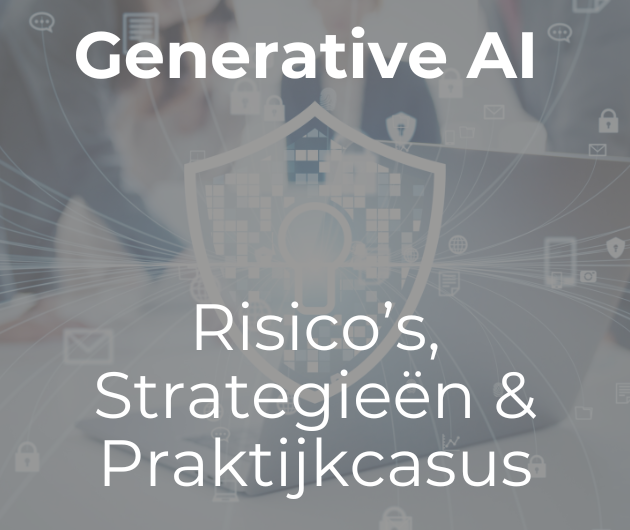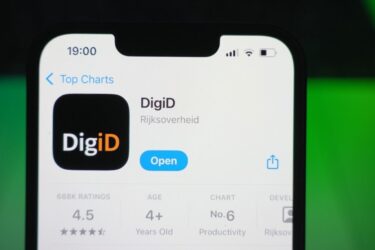It is an unarguable fact that Linux and the corresponding Open Source Software (OSS) applications pose the only realistic threat to Microsoft and Windows on computers based on Intel or equivalent processors. What seems new for 2003 is that Microsoft is beginning to agree!
The latest leaked internal memo from Microsoft (not uncommon, but that is understandable if they use their own software) talks about the growing menace of OSS and the need to combat it. One of the consultancy groups, IDC, has published figures which suggest that the total cost of ownership (TCO) can be higher with Linux than with Windows. Mind you this was the result of a survey conducted by IDC for Microsoft, so make of it what you will. Obviously there is no threat to Microsoft in the short term While Linux et al is making big inroads into corporate sites, it is still of small value compared to Microsoft’s turn-over, let alone the bigger systems from IBM, HP, etc. IBM for instance proudly announces high sales of Linux, but not compared to the sales of their other systems.
Microsoft’s fear of Linux stems from visions of the future. The recent restructuring of fees for Windows products has annoyed most customers and it has set them to investigating OSS and to building pilots. Many of these applications are proving quite good and certainly the equal of a Windows system at much lower cost, particularly with an eye to the future. It is the implications of the success of these small scale experiments that is the real worry for Microsoft.
In the past Microsoft have ruthlessly eliminated any competition; they encourage "partners" until a market has been established and then take it over. They simply use the muscle that only a monopoly backed by huge financial resources can wield. Look at the past with the way they dealt with Lotus, Novell, WordPerfect, etc. The speed that they have been able to move is quite remarkable, particularly with respect to the Internet revolution. Microsoft missed the early boat, but when you own the only operating system in town, they easily ousted Sun, Netscape, etc. as soon as they recognised the potential.
But they aren’t finding it easy to ward off the OSS threat. In the past the opposition were all in it for the money. If Microsoft could steal a bit of market share (by giving away Internet Explorer for example) then this put financial pressure on the opposition which finally undid them, leaving the market for Microsoft to exploit. With the OSS community there is far less to attack. The opposition is far less tangible and cannot easily be targeted. Admittedly this will change gradually as companies selling packaged OSS products such as RedHat or SCO get bigger; they are commercial companies and they must make a profit, OSS or not.
But there is another intriguing influence on the Microsoft versus OSS debate and that is the impact of Third World countries, in particular China and India who are already making their presence felt. There is however two sides to the China/India coin, one as a consumer and one as a supplier. Already India is well established as a developer of software for the Western World. This includes mainframe, Unix and Windows applications. Most is contract programming, exploiting the low salaries, but there are some good and inventive software houses that must be looking to develop packaged applications to compete with the American, Japanese and European software houses. China is equally involved. Such packages must be targeted at the mass market and packaged in such a way that they can be marketed in much the same way as US software is thrust onto the European markets. Thus there will be no overnight impact.
As a consumer these countries represent a simply enormous market, but one in which individuals earn low salaries, around _ 500 a year. In such a market Windows is not a very attractive proposition, Linux is. Recently Bill Gates did a tour of India to be greeted as royalty. The Indian software developers are behind Microsoft en mass. This is obvious because this is where the contract work lies as the Western World struggles to clear up the mess of Windows 98 and thick client architectured applications. Rumours however from China tella different story with the internal market having a bigger significance and thus a greater awareness of cost, They it seems are backing OSS. Surely in due course the domestic market will have a similar impact on India.
Martin Healey, pioneer development Intel-based computers en c/s-architecture. Director of a number of IT specialist companies and an Emeritus Professor of the University of Wales.








